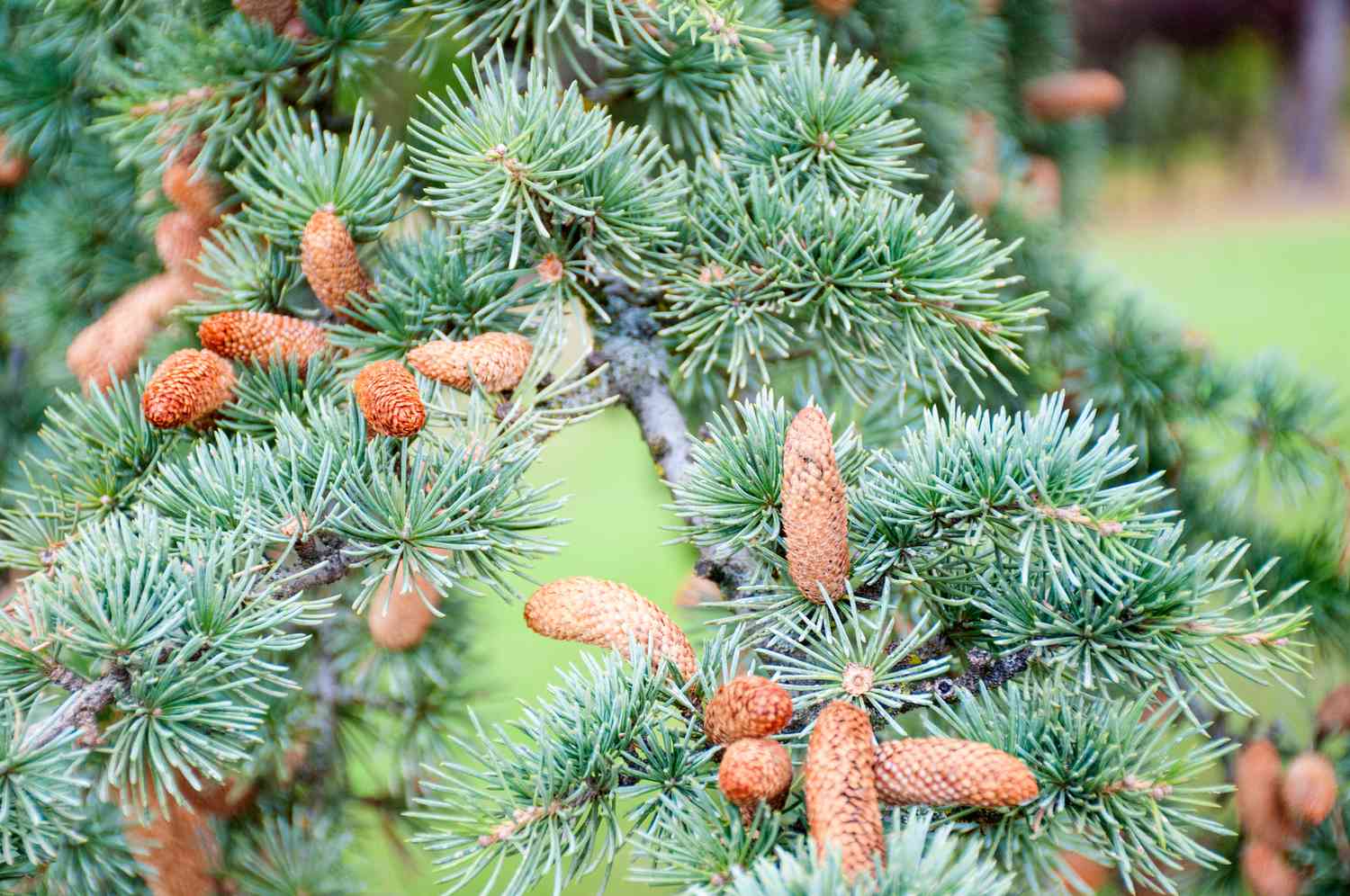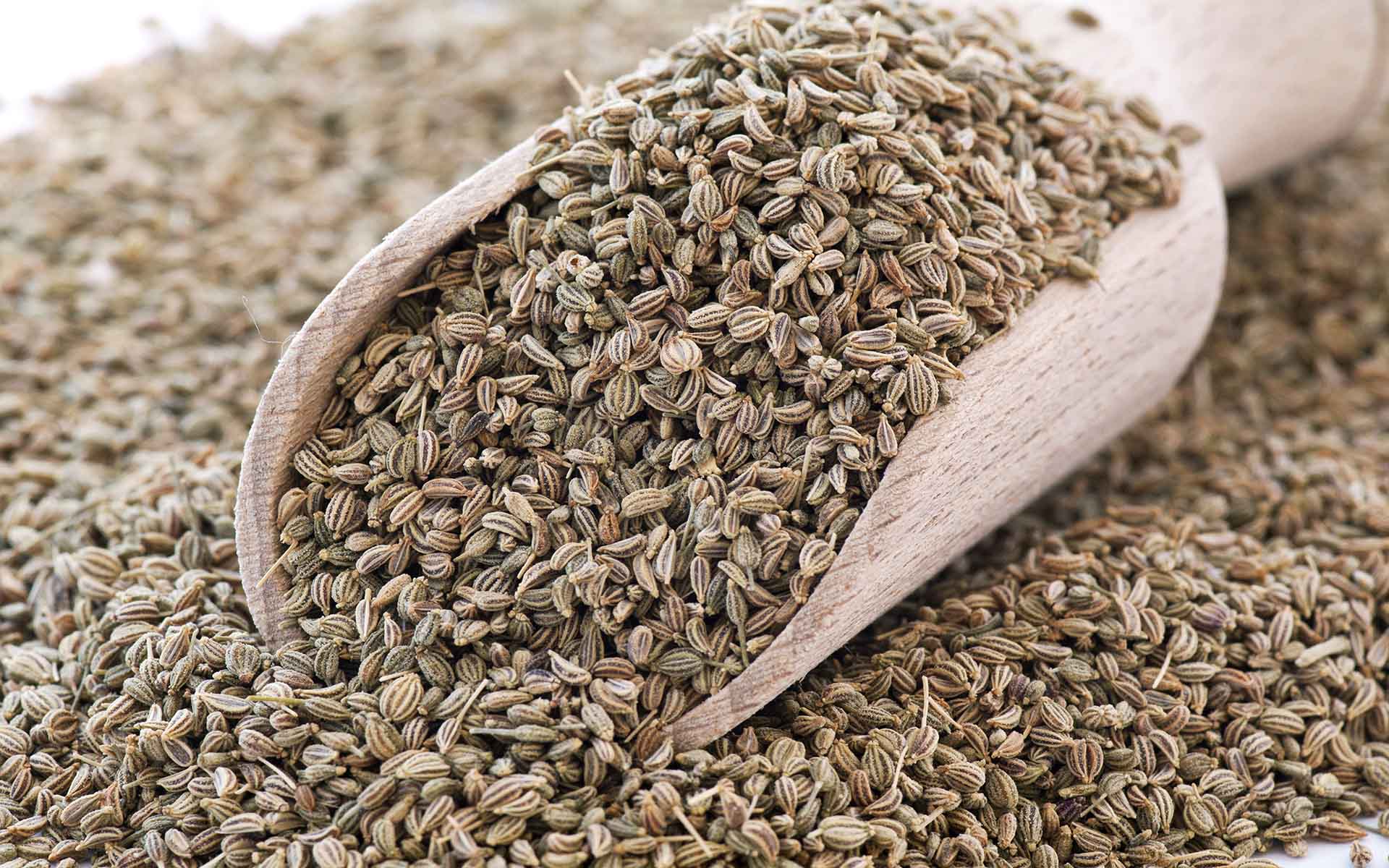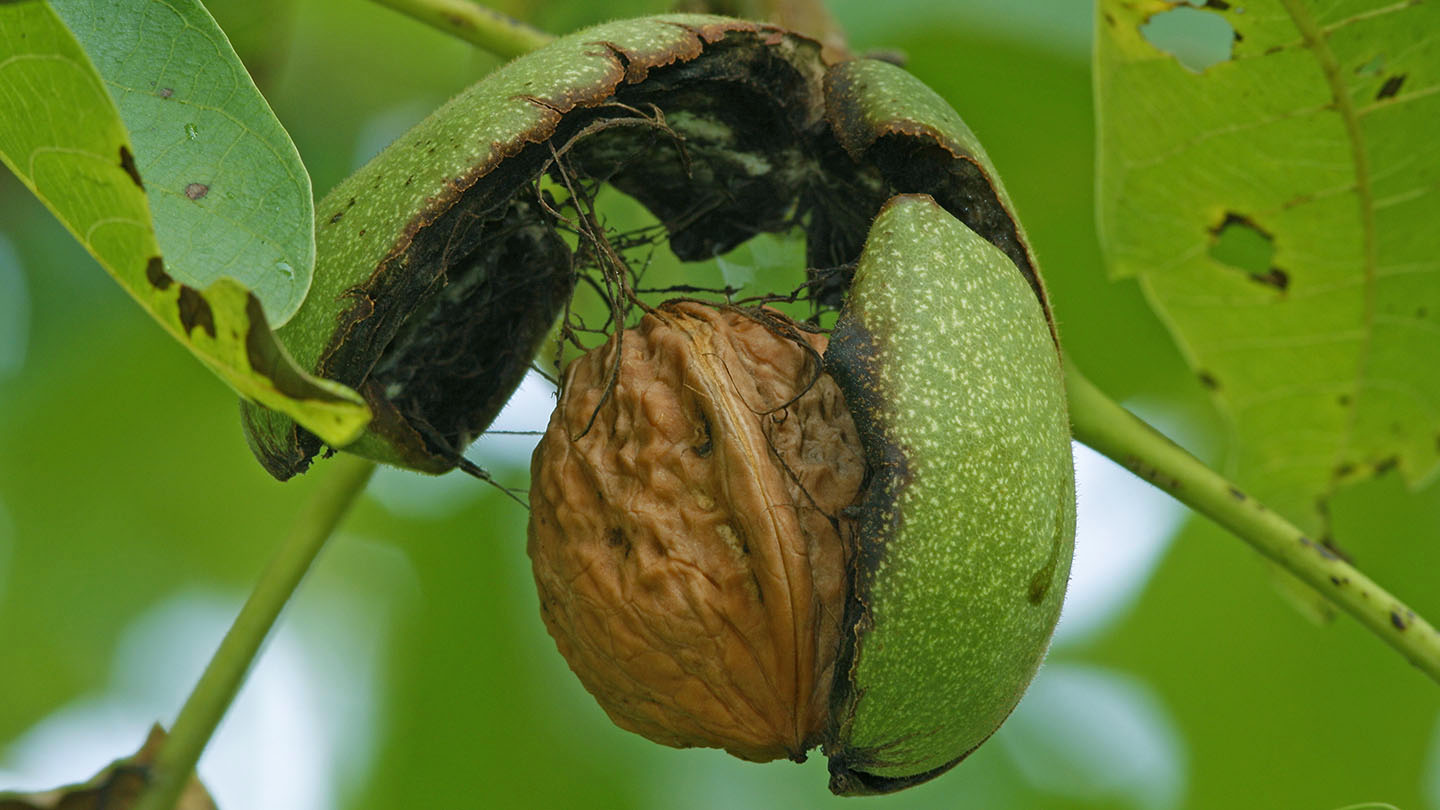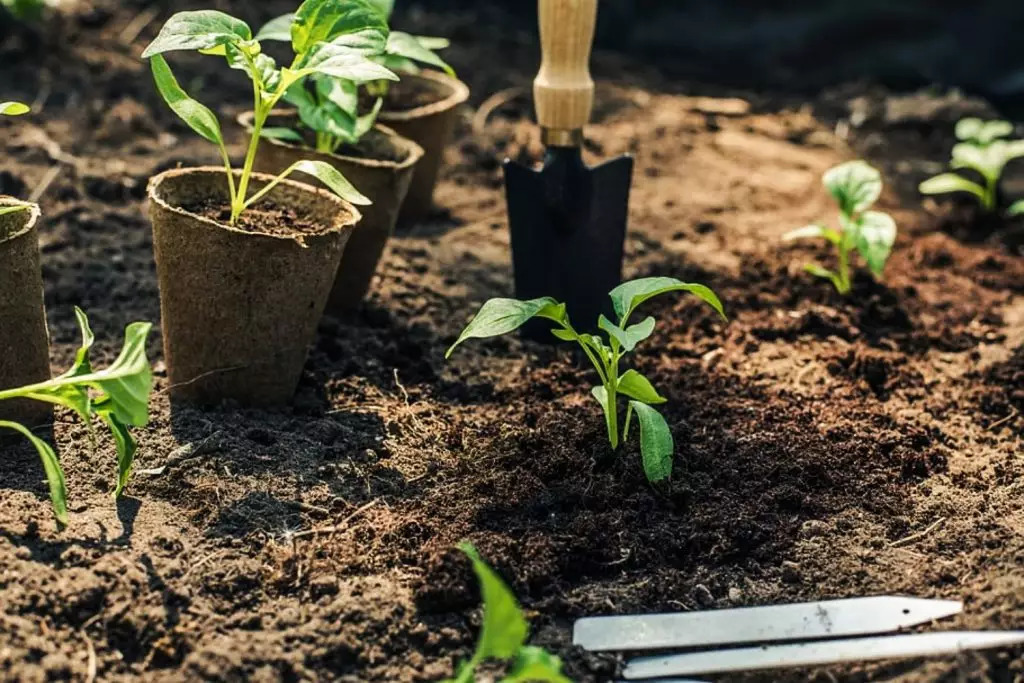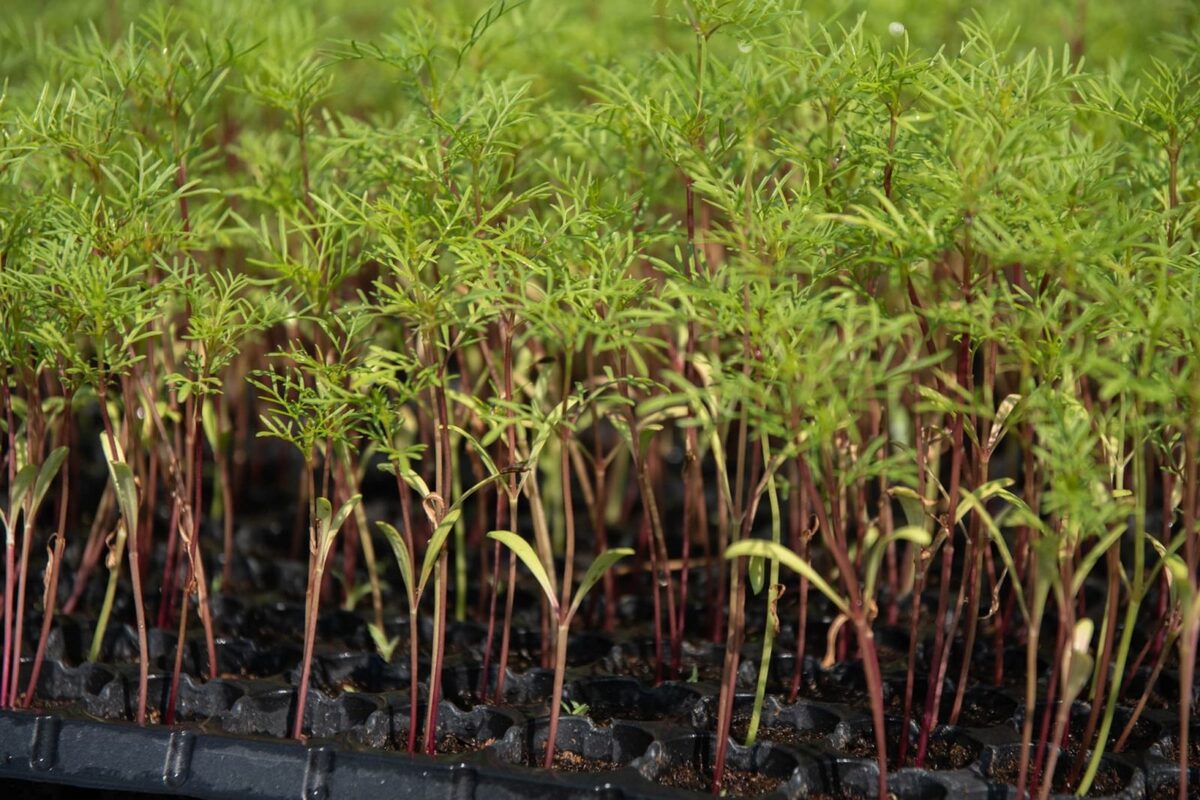Home>Types of Gardening>Ornamental Gardening>What Do Sunflowers Look Like When Growing
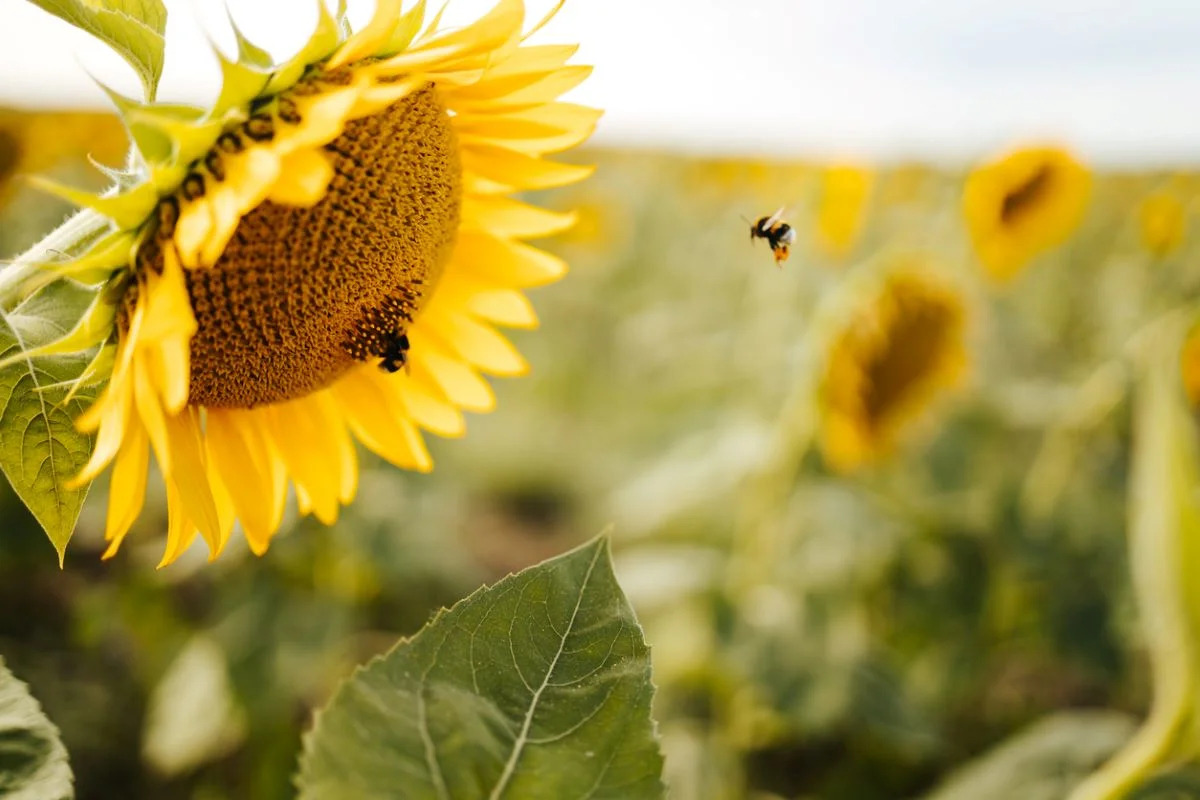

Ornamental Gardening
What Do Sunflowers Look Like When Growing
Modified: January 22, 2024
Discover the beauty of sunflowers in their growing stage with our ornamental gardening guide. Learn what sunflowers look like as they grow and how to care for them.
(Many of the links in this article redirect to a specific reviewed product. Your purchase of these products through affiliate links helps to generate commission for Chicagolandgardening.com, at no extra cost. Learn more)
Table of Contents
Introduction
Welcome to the fascinating world of sunflowers! With their vibrant yellow petals and towering height, sunflowers are a favorite among gardeners and nature enthusiasts alike. If you’re new to ornamental gardening or have recently developed an interest in these beautiful plants, you might be wondering what sunflowers look like when they are growing. In this article, we will explore the characteristics and growth stages of sunflowers, from the emergence of the first leaves to the fully matured flower heads.
Sunflowers, scientifically known as Helianthus annuus, are native to North America and have been cultivated for thousands of years for their beauty and versatility. These magnificent plants belong to the Asteraceae family and are characterized by their large, daisy-like flower heads and thick, sturdy stems.
One of the remarkable features of sunflowers is their ability to turn their heads to follow the sun, a phenomenon known as heliotropism. This behavior is most noticeable in young sunflowers and is essential for their optimal growth and photosynthesis. As the name suggests, sunflowers thrive in sunny locations, requiring at least six to eight hours of direct sunlight each day to reach their full potential.
Whether you’re planning to grow sunflowers in your garden or simply want to appreciate their beauty in nature, understanding their growth stages and unique characteristics will deepen your appreciation for these stunning plants. Join us as we delve into the world of sunflowers and discover their remarkable journey from seed to fully bloomed flower!
Characteristics of Sunflowers
Sunflowers possess several unique characteristics that set them apart from other plants in the garden. Here are some key features of sunflowers:
- Height and Size: Sunflowers are known for their impressive height, which can reach up to 12 feet or more, depending on the variety. The flower heads can also grow to be quite large, measuring anywhere from 8 to 24 inches in diameter.
- Flower Color: The most commonly recognized sunflower variety has bright yellow petals surrounding a dark brown center. However, there are also other color variations available, such as orange, red, and even bi-colored petals.
- Foliage: Sunflower plants have large, coarse leaves that are typically heart-shaped or ovate in appearance. These leaves are arranged alternately along the stem and provide a lush backdrop to the vibrant flower heads.
- Root System: Sunflowers have a strong and extensive root system, which helps anchor the tall stems and enables the plants to access nutrients and water from deep within the soil.
- Heliotropism: As mentioned earlier, sunflowers exhibit heliotropic behavior, meaning they follow the movement of the sun throughout the day. This allows the flower heads to maximize their exposure to sunlight and optimize the process of photosynthesis.
- Edible Seeds: Sunflower seeds are a delicious and nutritious snack, enjoyed by humans and animals alike. The seeds are housed in the dark brown center of the flower head and can be harvested once the petals start to wither and fall off.
- Pollinator Magnet: Sunflowers are particularly attractive to pollinators, such as bees and butterflies, due to their bright colors and abundant nectar. Planting sunflowers in your garden can help support these important pollinators and promote biodiversity.
The unique characteristics of sunflowers make them a captivating addition to any garden or landscape. Whether you choose to grow them for their visual appeal, as a source of edible seeds, or to attract pollinators, sunflowers are sure to bring joy and beauty to your outdoor space.
The Growth Stages of Sunflowers
The life cycle of sunflowers can be divided into distinct growth stages, each marked by specific changes and developments. Understanding these growth stages will help you monitor and care for your sunflower plants properly. Let’s take a closer look:
1. Seed Germination: The first stage of a sunflower’s life begins with the germination of the seed. When planted in moist soil, the seed absorbs water, swells, and eventually sprouts. The seed coat splits, and the embryonic root, called the radicle, emerges.
2. Seedling Stage: During this stage, the sunflower develops its first set of leaves, known as cotyledons or seed leaves. The cotyledons absorb sunlight and provide energy for the developing plant until the true leaves emerge.
3. Vegetative Growth: As the sunflower continues to grow, it enters the vegetative growth stage. The stem elongates, and more leaves appear, arranged spirally along the stem. The true leaves are larger and have a distinct shape compared to the cotyledons.
4. Flower Bud Formation: At a certain point in the vegetative growth stage, sunflowers transition into the reproductive phase. Tiny flower buds start to form at the top of the stem, where the leaves meet, known as the terminal bud. These buds will develop into the iconic sunflower heads.
5. Blooming: As the flower buds mature, they begin to open, revealing the colorful petals and the central disk of the sunflower. The blooming stage is a visually breathtaking moment, as the sunflower reaches its peak beauty and attracts pollinators to aid in the fertilization process. The vibrant yellow petals are an iconic symbol of summer and bring joy to any garden.
6. Mature Sunflowers: Once the flowering stage is complete, the petals begin to wither and fall off. The sunflower’s center, containing the seeds, starts to dry out and turn brown. The seeds continue to mature and become fully developed in the seed head.
7. Seed Harvesting and Dormancy: When the back of the flower head turns yellow and the seeds are plump and hard, it’s time to harvest sunflower seeds. Remove the flower head and allow it to dry completely in a well-ventilated area. Once the seeds are dry, they can be stored for consumption or used for planting in future growing seasons.
By understanding the growth stages of sunflowers, you will be able to appreciate and nurture their development effectively. Each stage brings its own beauty and fascination, from the emergence of the seedling to the glorious blooming of the sunflower head.
Leaves and Stem
The leaves and stem of a sunflower play crucial roles in the plant’s growth and overall structure. Let’s explore the characteristics and functions of these essential parts:
Leaves: Sunflower leaves are large and showy, providing an attractive backdrop to the striking flower heads. They are typically heart-shaped or ovate, with a coarse texture. The leaves are arranged alternately along the stem, meaning they grow in a staggered pattern rather than directly across from each other.
The leaves of sunflowers are rich in chlorophyll, the pigment responsible for photosynthesis. Photosynthesis is the process through which plants convert sunlight, carbon dioxide, and water into glucose, which serves as their food source. The large surface area of sunflower leaves optimizes the absorption of sunlight and facilitates the production of energy-rich molecules.
Stem: The stems of sunflowers are thick, sturdy, and erect, providing support for the tall height of the plants. Sunflower stems are covered in fine hairs, which help protect the plant from excessive water loss and provide insulation against extreme temperatures.
One unique characteristic of sunflower stems is their ability to exhibit phototropism, which means they grow towards the light. This enables the sunflower to maximize its exposure to sunlight for optimal photosynthesis. As a result, the stem of a growing sunflower may become slightly curved or bent, as it follows the movement of the sun during the day.
In addition to providing structural support, the stems of sunflowers also serve as conduits for transporting water, nutrients, and sugars throughout the plant. Inside the stem, a specialized tissue called the vascular system carries out this important function, ensuring that the leaves and flower heads receive the necessary resources for growth and flowering.
The leaves and stem of sunflowers work in harmony to facilitate the plant’s growth and development. From capturing sunlight and facilitating photosynthesis to providing structural support and vital nutrient transport, these parts play integral roles in the life of a sunflower plant.
Flower Bud Formation
Flower bud formation is an exciting stage in the life cycle of a sunflower. During this phase, the plant prepares to produce its iconic and vibrant flower heads. Let’s delve into the process of flower bud formation in sunflowers:
Initiation: Flower bud formation in sunflowers begins with the initiation of tiny buds at the top of the stem, where the leaves meet. These buds, known as terminal buds, develop from specialized clusters of cells within the growing tips, also called meristems.
Factors Influencing Bud Development: Several factors influence the timing and rate of flower bud formation in sunflowers. The most critical factor is the photoperiod or the length of daylight hours. Sunflowers are short-day plants, meaning they require a certain duration of darkness each day to trigger the formation of flower buds. Generally, sunflowers begin to develop buds when daylight hours decrease and the nights become longer, usually during late summer or early autumn.
Formation Process: As the terminal bud develops, it undergoes various physical changes. The outer layers of cells divide and multiply, while the inner cells differentiate into different structures that will eventually form the flower head. The tightly packed cluster of cells within the bud gradually expands, shaping the structure of the future flower.
Development of Florets: Within the flower bud, individual florets, also known as disk flowers, start to develop. These small, tubular flowers cluster together in a spiral pattern, forming the center disk of the sunflower head. Each floret consists of reproductive structures, including stamens and pistils, which play a crucial role in pollination and seed production.
Protective Structures: As the flower buds continue to develop, protective structures called bracts surround them. These bracts are leaf-like structures that protect the developing flower buds from external elements and potential damage. The bracts gradually unfold and separate as the flower buds mature and prepare to bloom.
Transition to Blooming: Once the flower buds have fully formed and reached maturity, they are ready to transition into the blooming stage. This process typically occurs several weeks after the flower bud formation, depending on environmental conditions and the specific sunflower variety. The buds will open, revealing the bright, colorful petals and the intricate disk of florets.
The stage of flower bud formation in sunflowers is an exciting period of anticipation and promise. As the buds develop and prepare to bloom, the plant signals the impending spectacle of vibrant flowers that will grace the garden, attracting pollinators and captivating the eyes of onlookers.
Blooming
The blooming stage is the pinnacle of a sunflower’s journey, where its vibrant colors come to life and captivate anyone who lays eyes on them. Let’s explore the fascinating process of sunflower blooming:
Petal Unfolding: As the sunflower buds mature, a remarkable transformation takes place. The tightly wrapped petals gradually unfurl, revealing the vivid and striking colors hidden within. The most common sunflower variety features bright yellow petals surrounding a dark brown center, creating a stunning contrast.
Petal Arrangement: Sunflower petals are arranged in intricate spirals, radiating outwards from the center disk. These petals are soft and velvety to the touch, delicately held in place by a thin stem or corolla tube.
Pollinator Attraction: Blooming sunflowers are a sight to behold and attract a myriad of pollinators, such as bees, butterflies, and even birds. The vibrant colors and nectar-rich flowers serve as beacons, inviting these essential creatures to gather and facilitate pollination.
Pollen Production: Within the center disk of the sunflower, thousands of tiny individual flowers, known as florets, are densely packed together. Each floret consists of both male stamens, which produce pollen, and a female pistil that receives the pollen for fertilization.
Pollination and Fertilization: Pollinators visiting the sunflower transfer pollen grains from the stamens to the pistil, enabling fertilization. This process is crucial for the production of seeds. Sunflowers are predominantly cross-pollinated, meaning they require pollen from a different plant’s flower to ensure genetic diversity.
Seed Formation: After successful pollination, the sunflower gradually transitions its focus from producing flowers to developing seeds. The petals wither and fall off, leaving behind the mature and slightly dried-up center disk, which houses the seeds.
Duration of Blooming: The duration of sunflower blooming varies depending on environmental conditions and the specific sunflower variety. On average, sunflowers remain in full bloom for approximately two to three weeks. However, individual flowers on the sunflower head may bloom and fade at different times, creating a dynamic and visually appealing display.
Blooming sunflowers symbolize joy, vitality, and the beauty of nature. They bring a sense of warmth and happiness to any garden or landscape, making them a favorite choice for ornamental gardening enthusiasts.
Mature Sunflowers
After the blooming stage, sunflowers transition into the maturity phase, where they reach their full potential and prepare for seed dispersal. Here’s what you can expect to see in mature sunflowers:
Seed Development: As the sunflower completes its blooming stage, the focus shifts towards seed production. The central disk, previously adorned with colorful petals, starts to dry out and turn brown. Within the disk, the seeds continue to develop and mature, gradually hardening and reaching their maximum size.
Petal Withering: The petals of the sunflower head, once vibrant and eye-catching, begin to wither and fall off. This natural process occurs as the plant redirects its energy towards seed development and dispersal. The wilted petals eventually drop, leaving the seed head behind.
Back Turns Yellow: A key indicator of a sunflower’s maturity is the change in color of the back of the flower head. As the seeds inside the sunflower head reach their full size and maturity, the back of the disk turns yellowish. This change signifies that the seeds are ready for harvest.
Seed Head Drying: With time, the sunflower’s seed head will continue to dry out, turning brown and becoming crisp to the touch. This drying process is essential as it helps prepare the seeds for storage or planting purposes. A well-dried seed head ensures that the seeds within are fully developed and have a high chance of germination.
Harvesting: When the seed head is fully dried and the seeds are plump and hard, it’s time to harvest the sunflower seeds. Gently cut or twist the seed head from the stem, ensuring that you don’t damage the seeds in the process. Give the seed head some time to further dry in a well-ventilated area before separating the seeds from the head.
Seed Dispersal: In their natural environment, sunflowers rely on various methods for seed dispersal. As the dried seed head becomes brittle, it gradually loosens, allowing the wind to dislodge the seeds. The seeds fall to the ground, where they can germinate and grow into new sunflower plants.
Mature sunflowers offer a different kind of beauty compared to their blooming counterparts. Their towering height, sturdy stalks, and seed-filled heads remind us of the lifecycle of these remarkable plants and the abundance they provide. From a small seed to a magnificent plant, the journey of a sunflower is truly awe-inspiring.
Conclusion
Sunflowers, with their vibrant colors and towering height, are a true delight in ornamental gardening. From the emergence of the first leaves to the fully matured flower heads, the growth stages of sunflowers offer a captivating journey to witness. Understanding the characteristics and development of sunflowers allows us to appreciate their beauty and nurture them effectively.
In this article, we explored the distinct stages that sunflowers go through, starting from seed germination and seedling growth, to the formation of flower buds, blooming, and ultimately reaching maturity. We learned about the unique characteristics of sunflowers, such as their tall height, large flower heads, heart-shaped leaves, and their fascinating behavior of heliotropism.
During the blooming stage, sunflowers transform into magnificent displays of bright and vivid petals, attracting pollinators to aid in the fertilization process. As the flowers fade and seeds develop within the dried-up center disk, sunflowers offer a different kind of beauty in their mature state. And when the time comes, harvesting the seeds allows for future planting or a delicious and nutritious snack.
Whether you’re an avid gardener, a nature enthusiast, or simply appreciate the beauty of sunflowers, understanding their growth stages and unique characteristics enhances our connection with these remarkable plants.
So, next time you come across sunflowers in a garden or out in nature, take a moment to observe their growth and appreciate the journey they have gone through, from a small seed to a magnificent plant. Sunflowers truly embody the power, resilience, and natural beauty that make them a cherished addition to any landscape.
